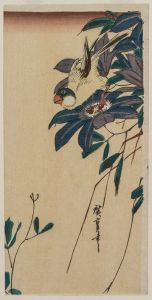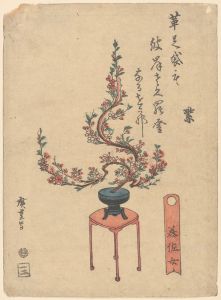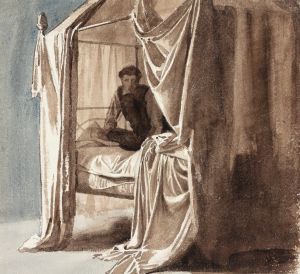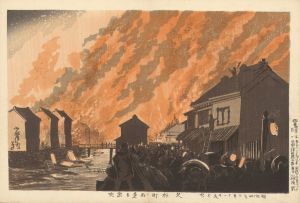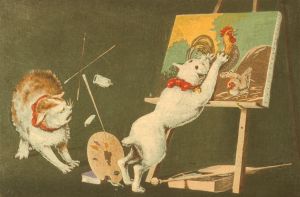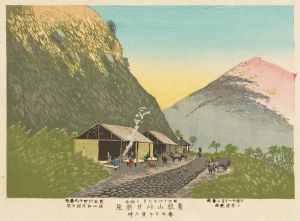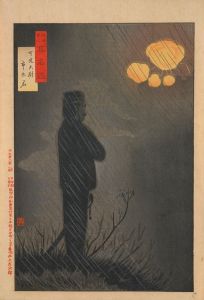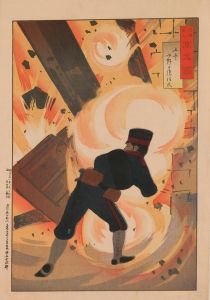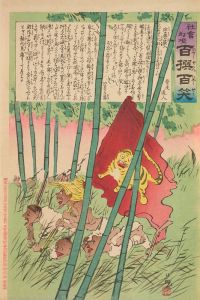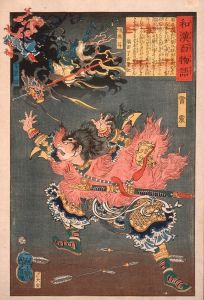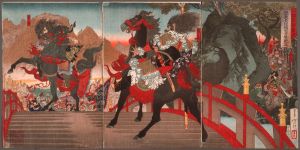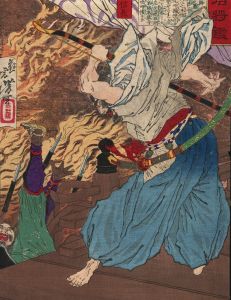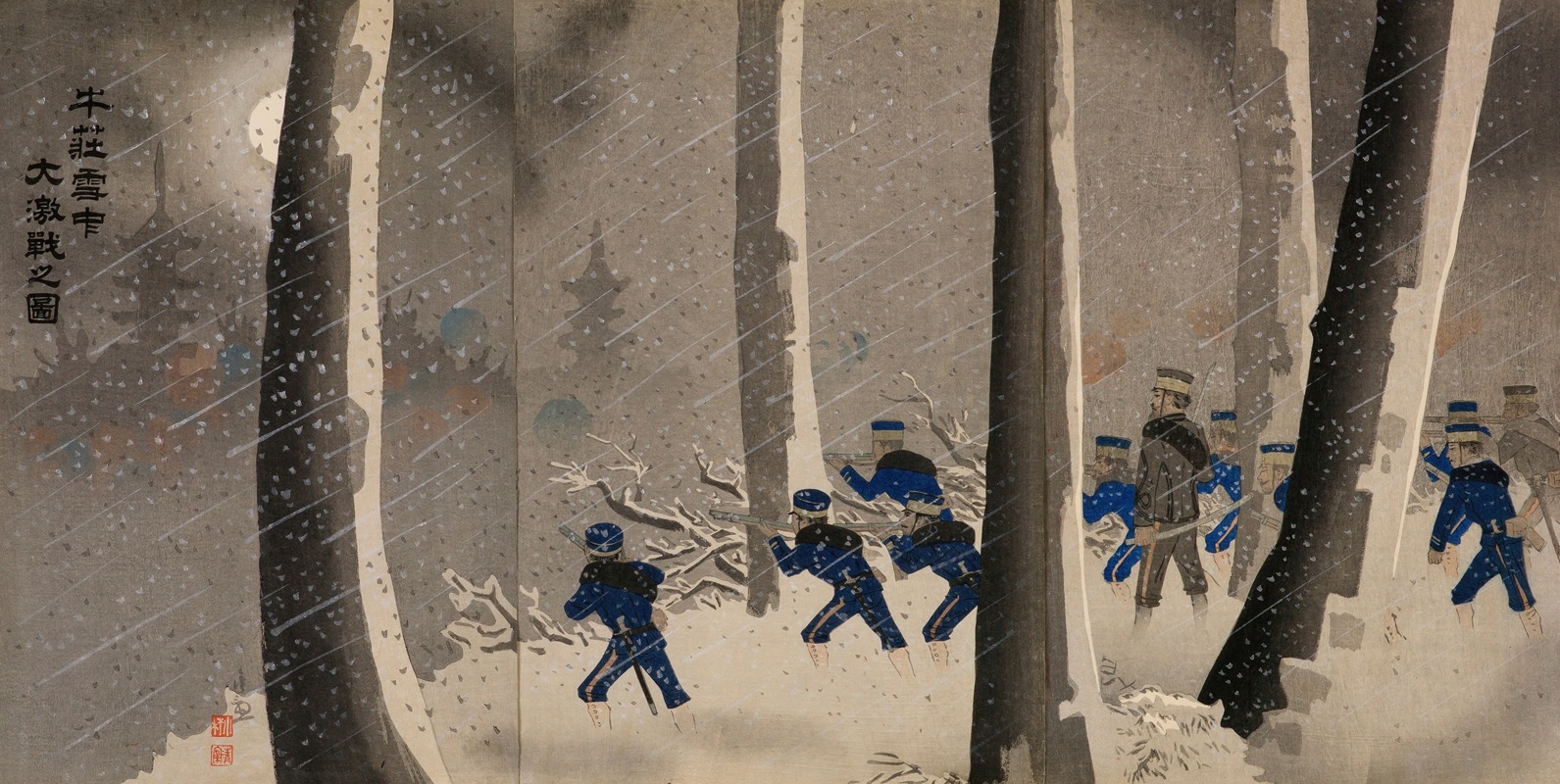
Great Fierce Battle in the Snow near Niuzhuang
A hand-painted replica of Kobayashi Kiyochika’s masterpiece Great Fierce Battle in the Snow near Niuzhuang, meticulously crafted by professional artists to capture the true essence of the original. Each piece is created with museum-quality canvas and rare mineral pigments, carefully painted by experienced artists with delicate brushstrokes and rich, layered colors to perfectly recreate the texture of the original artwork. Unlike machine-printed reproductions, this hand-painted version brings the painting to life, infused with the artist’s emotions and skill in every stroke. Whether for personal collection or home decoration, it instantly elevates the artistic atmosphere of any space.
"Great Fierce Battle in the Snow near Niuzhuang" is a woodblock print created by the Japanese artist Kobayashi Kiyochika. Kiyochika, born in 1847 and deceased in 1915, is renowned for his work in ukiyo-e, a genre of Japanese art that flourished from the 17th through the 19th centuries. His works often depicted scenes of modernity and conflict, reflecting the rapid changes occurring in Japan during the Meiji period.
This particular print, "Great Fierce Battle in the Snow near Niuzhuang," is part of a series that illustrates scenes from the First Sino-Japanese War (1894-1895). The war was fought between the Qing Dynasty of China and the Empire of Japan primarily over control of Korea. The conflict marked a significant shift in regional power, showcasing Japan's emergence as a modernized military force.
The battle near Niuzhuang, also known as the Battle of Yingkou, took place in early 1895. Niuzhuang, located in present-day Liaoning Province, China, was a strategic location during the war. The battle was characterized by harsh winter conditions, which Kiyochika vividly captures in his print. The snow-covered landscape serves as a dramatic backdrop to the fierce combat between Japanese and Chinese forces.
Kiyochika's work is notable for its use of light and shadow, a technique he mastered through his study of Western art and photography. In "Great Fierce Battle in the Snow near Niuzhuang," he employs these techniques to enhance the sense of movement and urgency in the scene. The contrast between the white snow and the dark figures of the soldiers emphasizes the intensity of the battle.
The print is also significant for its historical context. It reflects the nationalistic fervor and the pride in Japan's military achievements that were prevalent during the Meiji era. Kiyochika's depiction of the battle would have resonated with contemporary audiences, who were witnessing Japan's transformation into a modern state and its assertion of power on the international stage.
"Great Fierce Battle in the Snow near Niuzhuang" is an example of how art can serve as both a historical document and a means of propaganda. While it provides a visual record of a specific event, it also conveys the broader themes of national pride and the valorization of military success. Kiyochika's work remains an important piece of cultural history, offering insights into the Japanese perspective on the First Sino-Japanese War and the broader geopolitical shifts of the late 19th century.
Today, Kobayashi Kiyochika is remembered as one of the last great ukiyo-e artists, and his prints continue to be studied and appreciated for their artistic and historical significance. "Great Fierce Battle in the Snow near Niuzhuang" stands out as a powerful example of his ability to capture the drama and complexity of modern warfare through the traditional medium of woodblock printing.





